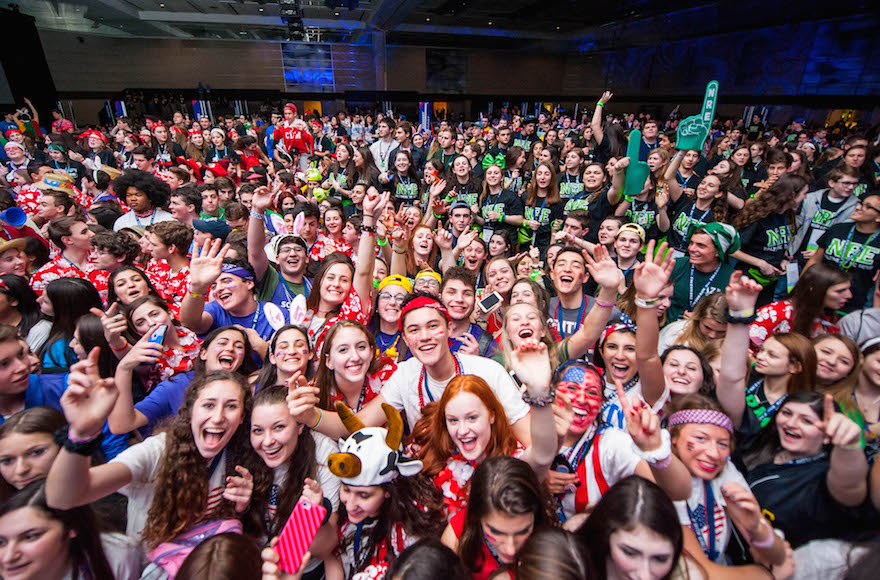 Jewish communities around the country are discovering the power of Jewish education that is grounded in the relationship between Jewish tradition and the natural world through JOFEE (Jewish Outdoor, Food, & Environmental Education). As a result of collaborative, cross-organizational efforts led by Hazon and other leading JOFEE organizations, two exciting new programs – the JOFEE Fellowship and the JOFEE Network Gathering – are moving this field into its next stage as both a professional pathway for Jewish educators and a highly effective modality of Jewish engagement.
Jewish communities around the country are discovering the power of Jewish education that is grounded in the relationship between Jewish tradition and the natural world through JOFEE (Jewish Outdoor, Food, & Environmental Education). As a result of collaborative, cross-organizational efforts led by Hazon and other leading JOFEE organizations, two exciting new programs – the JOFEE Fellowship and the JOFEE Network Gathering – are moving this field into its next stage as both a professional pathway for Jewish educators and a highly effective modality of Jewish engagement.
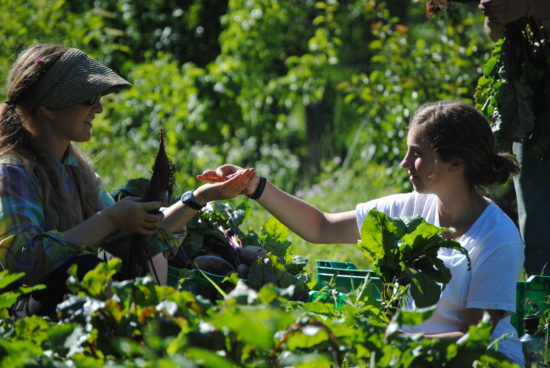
Together, these programs launch an ambitious plan to bring JOFEE to exponentially more participants and communities, and to support individuals, organizations, and institutions working throughout the JOFEE space. Both the Fellowship and the Network Gathering build directly on data and findings in the JOFEE Report that formalized anecdotal knowledge about those working in the JOFEE space around the country over the past two decades and more. The report demonstrated that JOFEE programming breathes fresh life into Jewish organizations and fosters an emerging group of leaders and community members who may not have otherwise found connections to the broader Jewish community. Grounded in Jewish tradition, JOFEE is a tremendously productive estuary in which organizers and participants tackle the core social and environmental challenges of the 21st century and simultaneously strengthen Jewish knowledge, practice, and identification.
The JOFEE Fellowship, with its first cohort set to begin May 22, is a response to the need for more JOFEE opportunities both for Jewish communities and for emerging JOFEE professionals. Supported by the Jim Joseph Foundation, in partnership with leading JOFEE organizations, the JCC Association of North America, and JCC host institutions, the year-long Fellowship features extensive immersive training and professional development, mentorship with veteran JOFEE leaders, and professional placement at either a Jewish Community Center (JCC) or a JOFEE organization. Our first cohort includes outstanding educators from across the Jewish spectrum in observance, affiliation, and geography. Several have emerged through the ranks of immersive JOFEE programs such Adamah or Urban Adamah, or from experiences at Teva, Eden Village Camp, or Ramah Outdoor Adventure at Ramah in the Rockies; others have come to the fellowship through extensive experience in general Jewish education and community engagement. All are eager and committed to bringing JOFEE programming to their host communities. The Fellowship kicks off with a three-week orientation and training intensive at Isabella Freedman Jewish Retreat Center. (You can read the full list of JOFEE Fellowship bios and placements here.)
As JOFEE Fellows ready themselves to transition into their field placements, JOFEE professionals and lay leaders will converge at Isabella Freedman for the JOFEE Network Gathering, June 6-9, 2016. A forum to gather, learn, share resources, and collaborate, the Gathering will focus on hands-on pedagogical skills, on integrating JOFEE inside and outside of the classroom, and on strengthening the JOFEE field through content and expertise-sharing. It is a forum to begin even more ongoing and impactful network weaving between seasoned professionals, emerging leaders, and community stakeholders.
In addition to opportunities to meet the full cohort of JOFEE Fellows, supervisors from host placements, and JOFEE Fellow mentors, the Network Gathering will feature the following program highlights:
- Keynote from Rabbi Sid Schwarz, Senior Fellow at Clal, and author of Jewish Megatrends, on the growth of JOFEE as a field, learnings from the JOFEE Report and programming developed since its release, and leveraging the JOFEE network of organizations and programs developed over the last two decades.
- JOFEE professionals from around the country articulating successful local-level models of field-building in communities from Boulder to Toronto.
- Programs and training from top educators in the field who are pushing the boundaries of JOFEE.
- The Consultant Cafe, during which participants can sign up for one-on-one time slots with experts in the field, in the spirit of honoring and learning from veteran leadership while celebrating the emerging class of new JOFEE leaders.
- A visioning session will enable all participants to broadcast their voices on the future course of JOFEE as a profession and body of knowledge and learning.
Registration is still open for the JOFEE Network Gathering! Contact Julie Botnick ([email protected]) JOFEE Program Associate at Hazon, with any questions, and help us launch the next exciting phase in Jewish Outdoor, Food, & Environmental Education.
Yoshi Silverstein is Director of the JOFEE Fellowship at Hazon and holds over thirteen years’ experience in both Jewish and secular outdoor, food, farm-based, and environmental education. Alongside his work at Hazon, he is founder of Mitsui Design, which strengthens Jewish connections to nature through landscape design and community engagement.
Julie Botnick is the JOFEE Program Associate at Hazon, where she manages field-building projects and programs such as the JOFEE Network Gathering, and authors educational curricula like Min Ha’Aretz. She holds a B.A. in History from Yale.
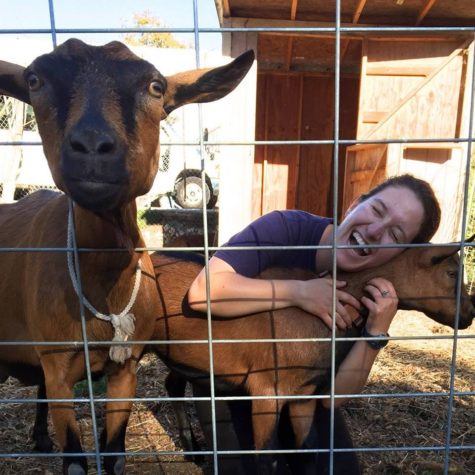
 Today’s young adults possess passion and energy in abundance. They are ambitious, smart, creative, and driven by a desire to help others. They know how to bring new technologies and networks of peers to bear on the hard work of community building. They are dreamers and doers in equal measure.
Today’s young adults possess passion and energy in abundance. They are ambitious, smart, creative, and driven by a desire to help others. They know how to bring new technologies and networks of peers to bear on the hard work of community building. They are dreamers and doers in equal measure.
 G
G
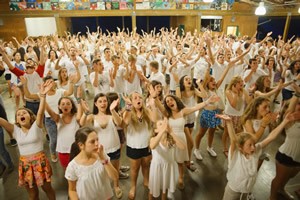
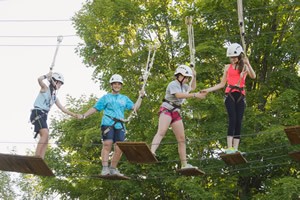
 When the
When the 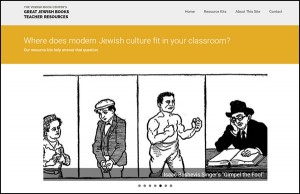
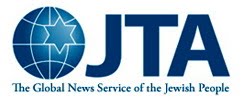 REPORTER’S NOTEBOOK: With teen attendance tripling since 2012, the BBYO International Convention is now among the largest events on the Jewish communal calendar.
REPORTER’S NOTEBOOK: With teen attendance tripling since 2012, the BBYO International Convention is now among the largest events on the Jewish communal calendar.